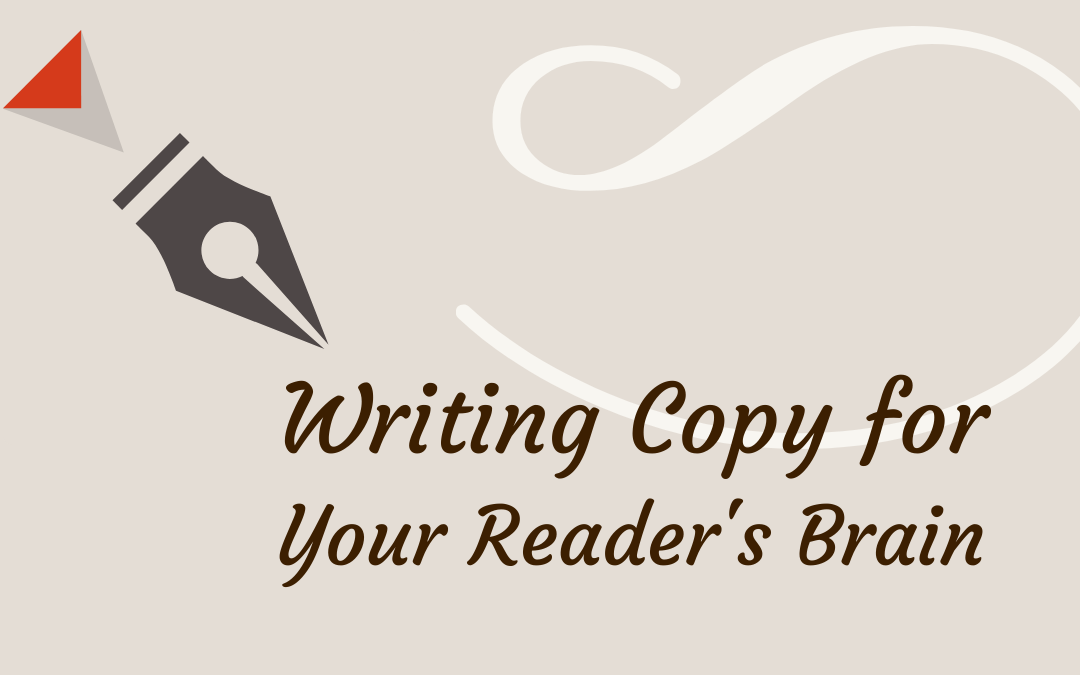Curated by Roger Dooley, an international keynote speaker and consultant. He is the author of Brainfluence: 100 Ways to Persuade and Convince Consumers with Neuromarketing (Wiley), and he writes the popular blog Neuromarketing, as well as Brainy Marketing at Forbes.com. He is the founder of Dooley Direct, a marketing consultancy, and co-founded College Confidential, the leading college-bound website.
Both content marketers and advertising copywriters share some common problems. They need to craft headlines or ad titles that immediately grab the viewer’s attention and generate clicks and they must write engaging copy that holds the reader’s attention. In addition, if the intent is to persuade the reader (to buy a product, adopt a viewpoint on a social issue, etc.), the content must be effective in that persuasion task.
For decades, if not centuries, writers have shared their tips for getting attention and being persuasive. This advice has been based on experience. More recently, though, brain and behavior research has shed light on why some techniques are particularly effective and suggested some new approaches as well.
I’ve been writing about applying brain and behavior research to real-world marketing problems for ten years and these are a few of my favorite articles on brain-oriented copy writing.
Can you recall the phrase that helped O.J. Simpson beat murder charges? Most people can recall, “If the gloves don’t fit, you must acquit!” or a close variation. Research shows that rhyme can actually make statements more believable. Our brains translate ease of processing into “true.” This is a powerful tool for crafting taglines, slogans, and other short statements.
Can you make your slogan, headline, or tagline more fluent by incorporating rhyme?
Shakespeare may not have had access to brain imaging equipment, but his writings have stayed vibrant and engaging for centuries. One of the many techniques he used was “functional shift” – using a word in a different manner than expected. Researchers found that this kind of usage causes a spike in brain activity – the use is unexpected, and the brain snaps to attention to determine what’s going on.
Can you use a word in an unconventional way to grab your reader’s attention?
What’s the difference between a “bad day” and a “rough day?” In English, not much – the two phrases are equivalent in meaning. But to our brains, they are very different. “Rough” is a textural metaphor and even though it isn’t used in the literal sense, our brains still react as if the topic was sandpaper or a rocky beach.
Try to rewrite your copy incorporating one or more textural metaphor words to replace a similar word with no sensory overtone.
Ever wonder why restaurants always talk about things like “farm-fresh tomatoes” and “old-fashioned Vermont maple syrup?” Researcher Brian Wansink found such labeling could boost sales by more than 25%. Several categories of adjectives were most effective – sensory words, brands, terms that evoked nostalgia, and others.
Adjectives can slow the reader down, but try to liven up a few of the adjectives describing your product or service with at least one of the characteristics identified by Wansink.
We think of a salesperson closing deals by leaving the customer no option but to buy. In fact, it turns out four words that point out the individual’s freedom to choose can double persuasion in many contexts.
If your copy (or verbal pitch) has a call to action, try to incorporate a BYAF statement in the sentences that precede it.
Other Product Psychology Lessons
- Building Community Starts with Understanding People
- When Persuasion Becomes Deception
- Mastering Pricing Principles
- A Handy Behavioral Design Toolkit
- Onboarding Matters – Getting Users Engaged in your Product
- Dual Process Theory: Is Your Product the Elephant or the Rider?
- Web Psychology – The Science of Online Persuasion
- Developing User Empathy with Design Sprints
- Want To Be A Game Psychologist? What You Need to Know
- How to Do Effective User Research
- Context Driven Design (The “Context Effect”)
- Writing Copy for Your Reader’s Brain
- Designing Habit-Forming Products
- Games, Play, and Motivation
- How Scarcity & Impatience Drive Irrational User Behavior
- Should You Listen To Your Users or Your Data?
- Emotional Engagement – Designing with the Heart in Mind
- Product Psychology: The 3 Things Everyone Should Know About

